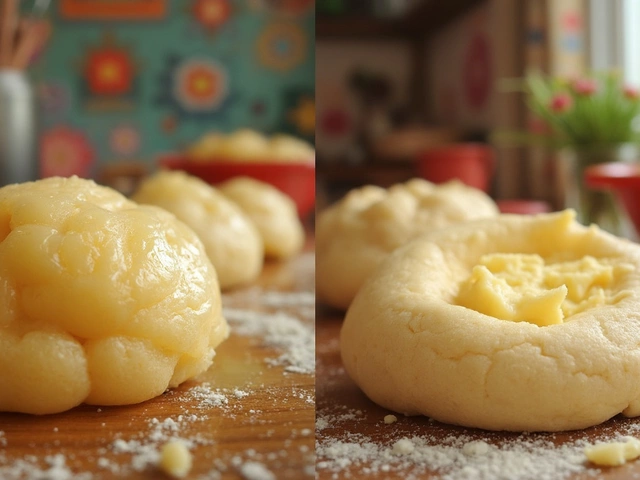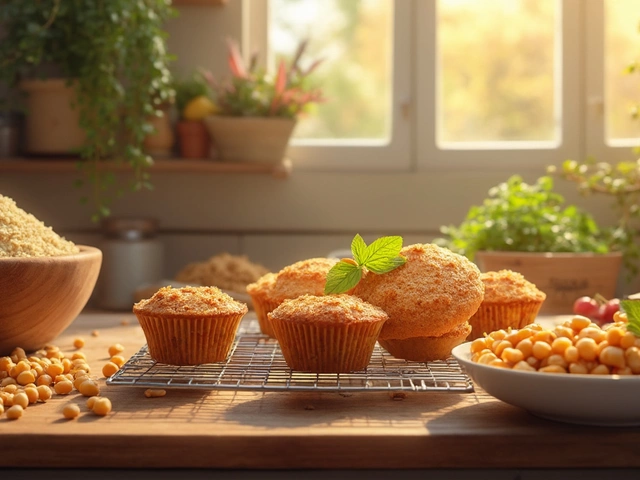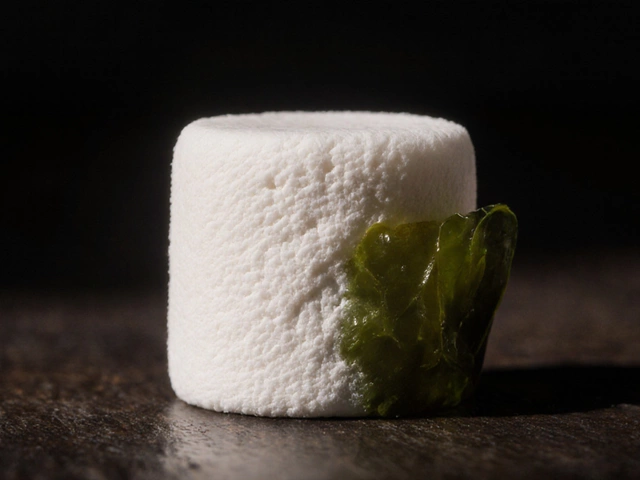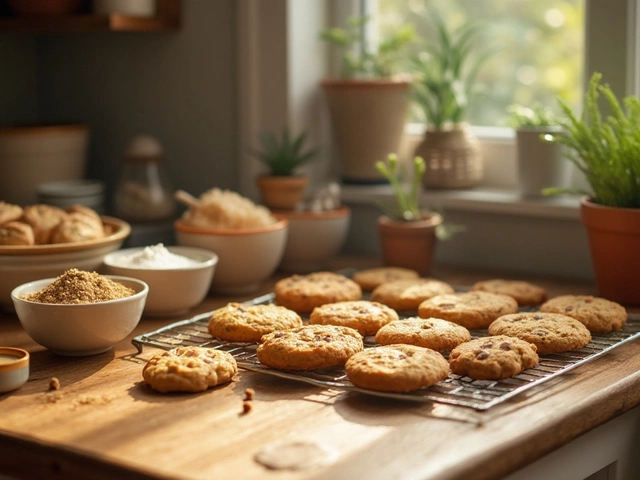Brownie texture: Get the perfect fudgy or cakey bite every time
If you’ve ever taken a bite of a brownie that was too dry or too hard, you know how frustrating it can be. The good news? You can control the texture with a few easy steps. Below we break down the main things that change a brownie from dense and fudgy to light and cakey, and how to fix common problems.
Key ingredients that affect texture
Chocolate and cocoa. Real dark chocolate adds richness and a softer crumb. Using a high‑cocoa powder alone makes the brownie more cake‑like. If you want fudgy brownies, swap part of the cocoa for melted chocolate.
Butter vs. oil. Butter brings flavor but can make the crumb firmer if you use too much. A splash of vegetable oil softens the texture and gives a melt‑in‑your‑mouth feel. Try a 50/50 blend for a balanced result.
Sugar. Granulated sugar makes the brownie rise a bit and creates a slightly crisp top. Brown sugar adds moisture, which leans toward fudgy. If you’re after a cakey bake, use a mix of both.
Eggs. Eggs act as a leavening agent. One large egg gives a soft, fudgy texture; two or three eggs push the brownie toward cake‑like. Adjust the count based on the texture you prefer.
Flour. The amount of flour is the biggest texture driver. Less flour (around ½ cup for a standard batch) keeps it dense and fudgy. More flour (up to ¾ cup) adds structure for a lighter crumb.
Baking tricks for the ideal texture
**Mixing method** – Over‑mixing folds in too much air, which makes the brownie rise and become cake‑y. Stir just until the flour disappears; a few streaks are okay.
**Temperature and time** – A hotter oven (375°F/190°C) gives a crusty top and a softer center, perfect for fudgy brownies. A lower temperature (325°F/160°C) and a longer bake keep the crumb even and more cake‑like. Start checking at the 20‑minute mark; a toothpick should come out with a few moist crumbs, not clean.
**Pan choice** – Dark metal pans absorb more heat, cooking the edges faster and creating a firmer edge. Light glass pans bake more gently, giving a uniform texture. Pick the pan that matches the texture you want.
**Cooling** – Let the brownies sit in the pan for at least 15 minutes. This lets the steam finish cooking the center without drying it out. If you cut too early, the texture can look crumbly and dry.
**Fixing a dry batch** – If your brownies turned out drier than expected, sprinkle a little melted butter or a drizzle of simple syrup over the top while they’re still warm. Cover and let the moisture soak in; it softens the crumb instantly.
**Making them cakey on demand** – Add a teaspoon of baking powder or increase the egg count. You’ll notice a bigger rise and a lighter bite.
By watching these ingredients and steps, you can dial in the exact brownie texture you love. Whether you crave a gooey, fudgy center or a soft, cake‑like crumb, the control is in your hands. Grab your favorite pan, measure carefully, and enjoy brownies that always hit the spot.
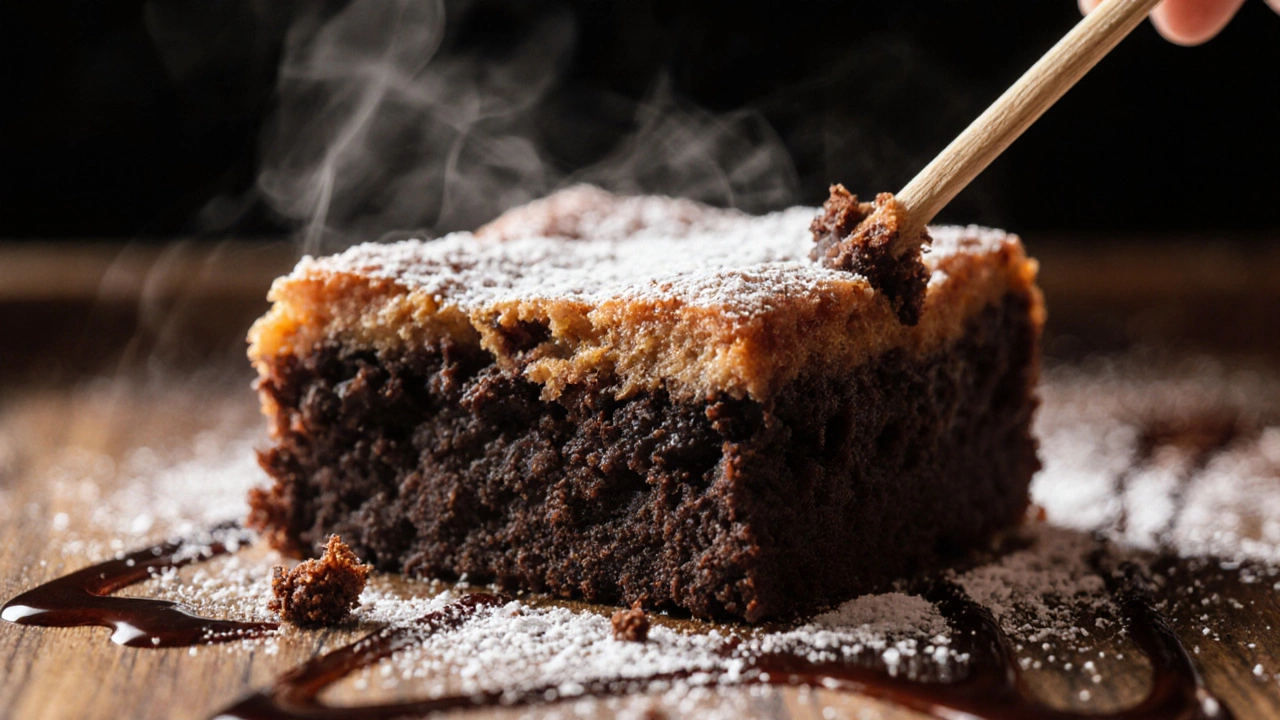
Why Brownies Turn Hard After Baking
Brownies turn hard after baking due to overbaking, too much flour, or improper storage. Learn how to fix texture issues and bake moist, fudgy brownies every time.
View More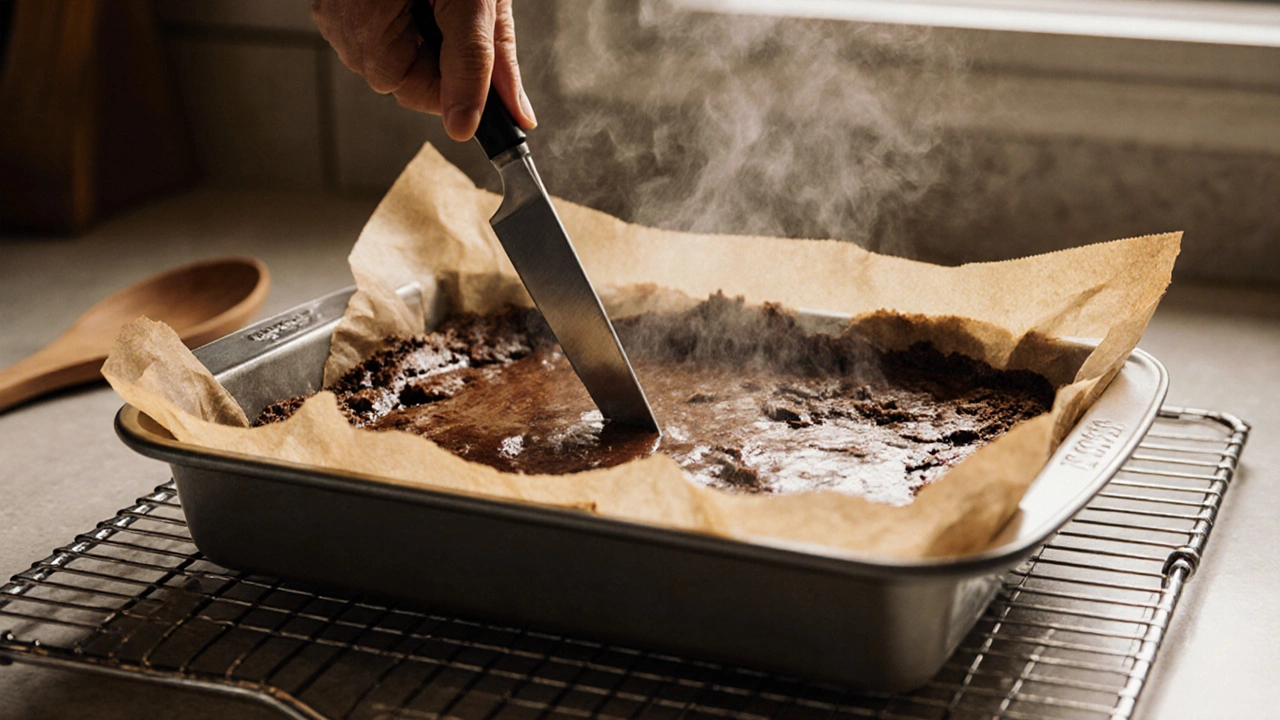
How Long Should You Wait for Brownies to Cool Before Cutting?
Wait at least two hours before cutting brownies for the perfect fudgy texture. Learn why cooling matters, how to speed it up safely, and the best tools to get clean, neat slices every time.
View More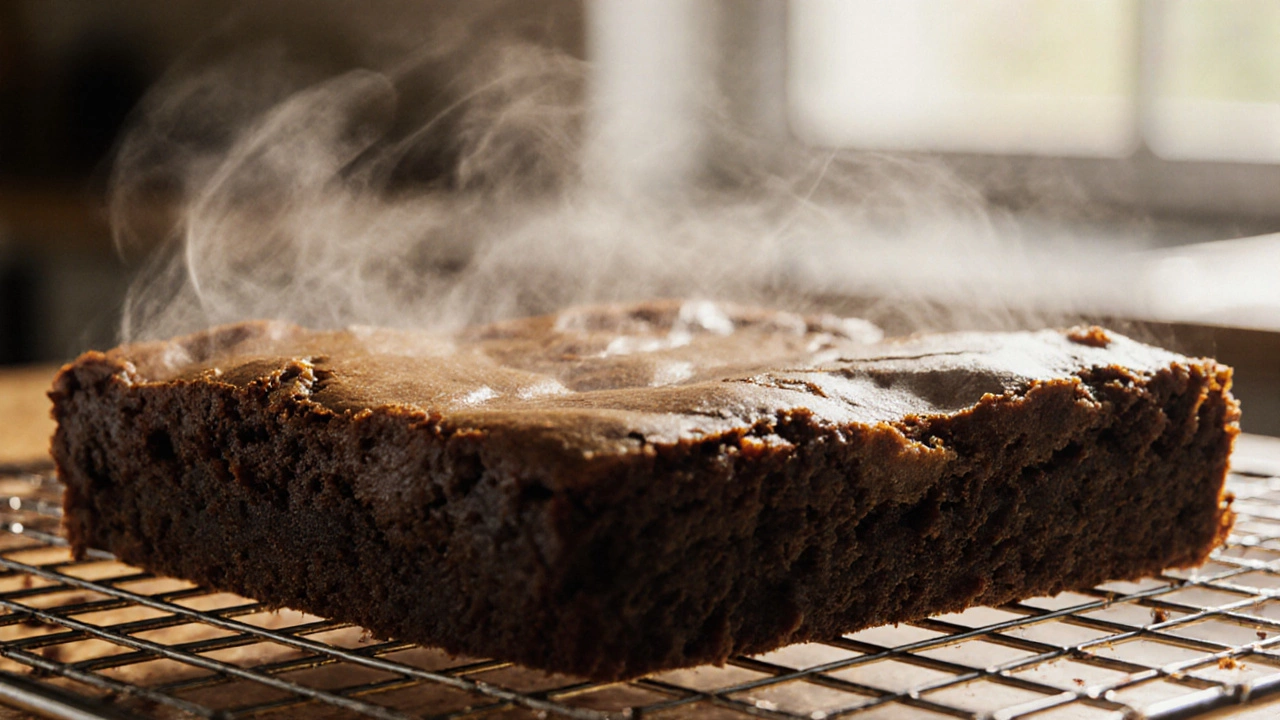
Can You Let Brownies Cool Overnight? The Truth About Texture and Safety
Learn if you can safely let brownies sit overnight, how it changes texture, and the best cooling methods to keep them perfect.
View More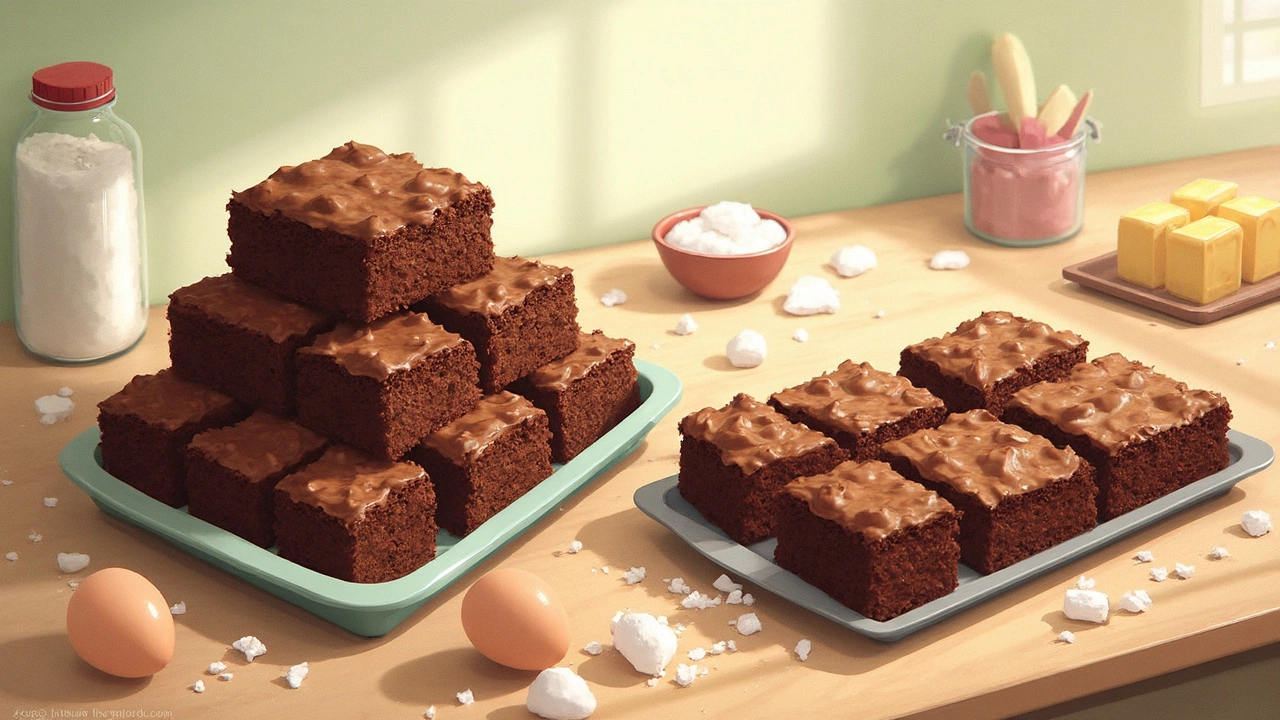
What Makes a Brownie Taste Like Cake?
Ever taken a bite of a brownie and wondered why it tastes more like cake than the super fudgy squares everyone raves about? This article breaks down exactly what sets cake-like brownies apart—from ingredient ratios to baking tricks. You’ll find out what causes that airy crumb, how to avoid making this 'mistake' if you want chewy brownies, and even how to fix your recipe if your brownies always end up fluffy. Plus, there are tips for playing with texture, so you get brownies just the way you like them.
View More
